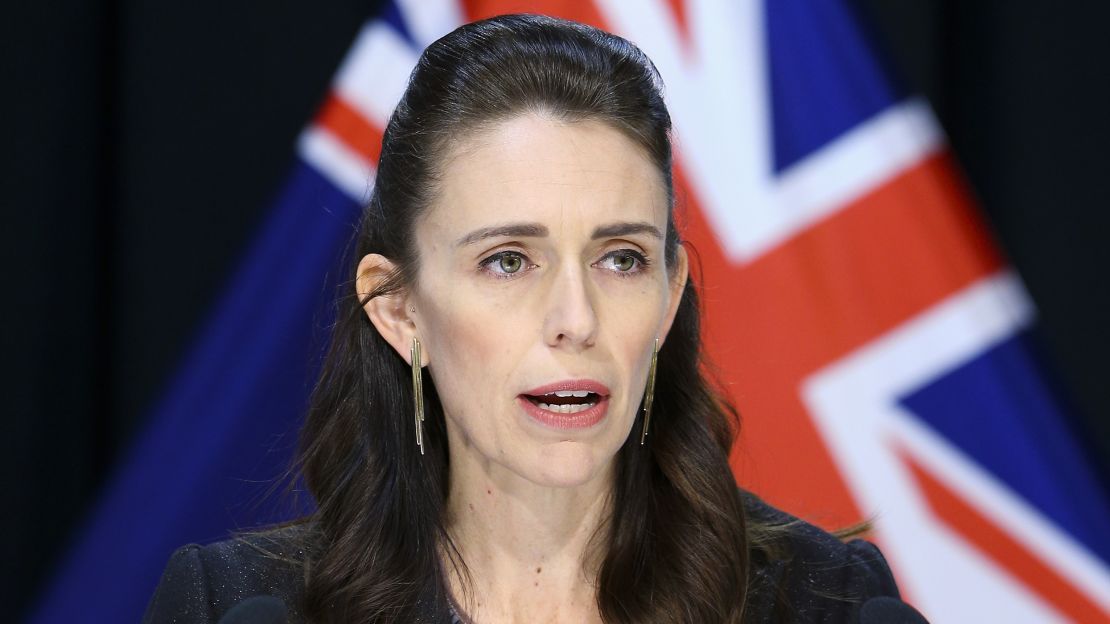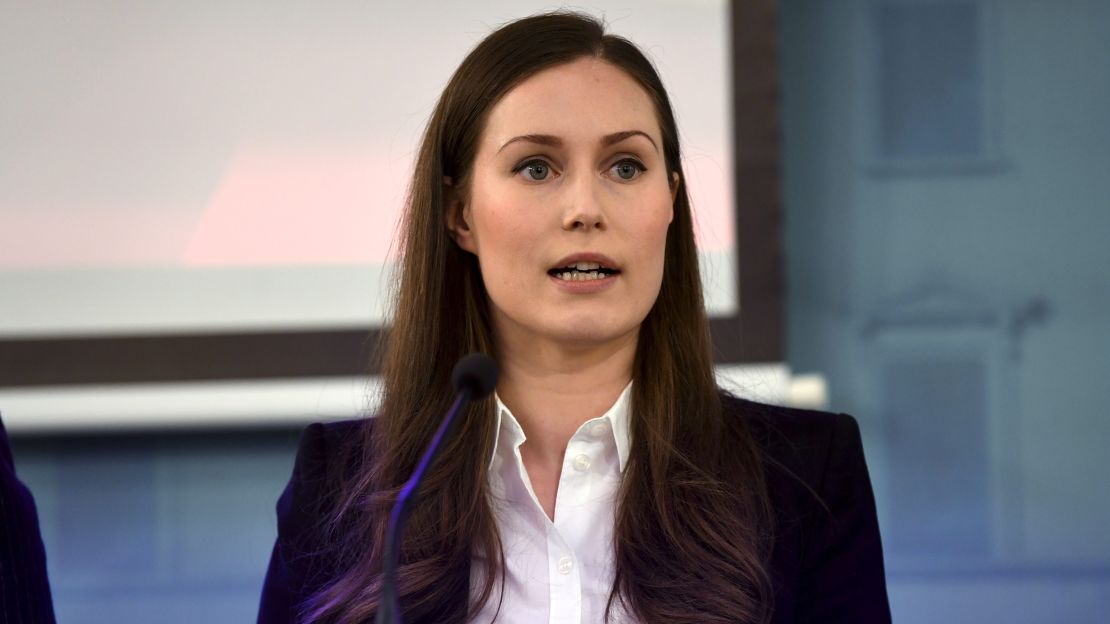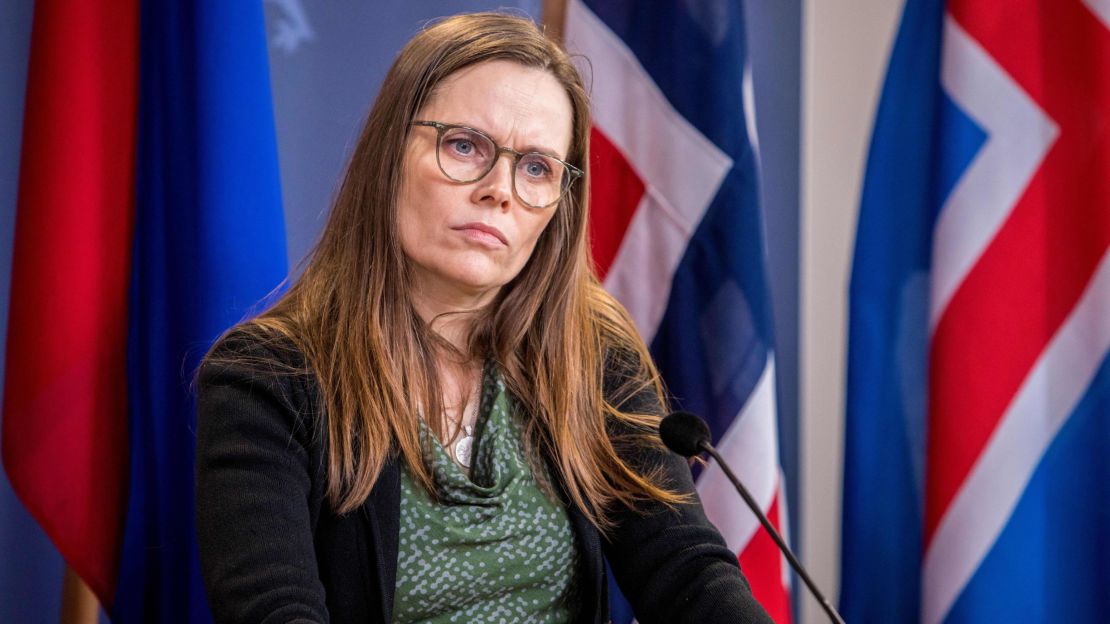Editor’s Note: This is an opinion editorial written by Leta Hong Fincher, the author of “Betraying Big Brother: The Feminist Awakening in China” and “Leftover Women: The Resurgence of Gender Inequality in China.” The opinions in this commentary are her own. View more opinion at CNN.
In Taiwan, early intervention measures have controlled the coronavirus pandemic so successfully that it is now exporting millions of face masks to help the European Union and others.
Germany has overseen the largest-scale coronavirus testing program in Europe, conducting 350,000 tests each week, detecting the virus early enough to isolate and treat patients effectively.
In New Zealand, the prime minister took early action to shut down tourism and impose a month-long lockdown on the entire country, limiting coronavirus casualties to just nine deaths.
All three places have received accolades for their impressive handling of the coronavirus pandemic. They are scattered across the globe: one is in the heart of Europe, one is in Asia and the other is in the South Pacific.
But they have one thing in common: they’re all led by women.
The success of these and other women-led governments in dealing with a global pandemic is all the more noteworthy, given that women make up less than 7% of world leaders.
Early, decisive action
These countries – all multi-party democracies with high levels of public trust in their governments – have contained the pandemic through early, scientific intervention. They have implemented widespread testing, easy access to quality medical treatment, aggressive contact tracing and tough restrictions on social gatherings.
Take Taiwan, a democracy of almost 24 million people – with roughly the same population as Australia – off China’s east coast. Taiwan is claimed by Beijing as its territory and shunned by the World Health Organization, so it should have been highly vulnerable to an epidemic originating in mainland China.
But when Taiwan President Tsai Ing-wen heard about a mysterious new virus infecting the citizens of Wuhan in December last year, she immediately ordered all planes arriving from Wuhan to be inspected.
She then set up an epidemic command center, ramped up production of personal protective equipment such as face masks and restricted all flights from mainland China, Hong Kong and Macau.
Taiwan’s early, aggressive intervention measures have limited the outbreak to just 393 confirmed infections and six deaths. The US State Department cites Taiwan’s coronavirus success in calling for Taiwan to be given observer status in the WHO’s World Health Assembly.

Germany, with 83 million citizens, has had over 132,000 infections but very low deaths per million – far lower than most other European countries. German Chancellor Angela Merkel, with a doctorate in quantum chemistry, has seen her approval ratings soar due to her capable handling of the pandemic. Germany has the most intensive care beds and the largest-scale coronavirus testing program in Europe.
“Maybe our biggest strength in Germany … is the rational decision-making at the highest level of government combined with the trust the government enjoys in the population,” Hans-Georg Kr?usslich, the head of virology at University Hospital in Heidelberg, told the New York Times.
New Zealand is an island country of almost five million, which relies heavily on tourism.

But Prime Minister Jacinda Ardern shut New Zealand’s borders to foreign visitors on March 19 and announced a four-week lockdown of the country on March 23, requiring all non-essential workers to stay at home except for grocery shopping or exercising nearby.
The country has carried out widespread testing and recorded over 1,300 coronavirus cases, but only nine deaths. New Zealand is only halfway through its lockdown, and Ardern has said it won’t end early.
“In the face of the greatest threat to human health we have seen in over a century, Kiwis have quietly and collectively implemented a nationwide wall of defense,” Ardern said in a speech to the nation Thursday.
The Nordic countries
Four of the five Nordic countries are led by women. Their countries each have lower death rates from coronavirus compared to the rest of Europe. For example, Finland’s Prime Minister, 34-year-old Sanna Marin, is the world’s youngest leader but she has an 85% approval rating among Finns for her preparedness for the pandemic, with only 59 deaths in a population of 5.5 million.

Iceland’s Prime Minister Katrín Jakobsdóttir governs a small, island country of only 360,000 people. But its large-scale, randomized testing of the coronavirus could have broad ramifications for the rest of the world, as it has found that around half of all people who test positive for the virus are asymptomatic. Iceland also intervened early, aggressively contact-tracing and quarantining suspected coronavirus cases.

Contrast these interventionist responses with Sweden – the only Nordic country not led by a woman – where Prime Minister Stefan L?fven refused to impose a lockdown and has kept schools and businesses open. There, the death rate has soared far higher than in most other European countries.
Other female heads of state have also made headlines through their tough response to the coronavirus. Prime Minister Silveria Jacobs of Sint Maarten governs a tiny Caribbean island of just 41,000, but her no-nonsense video telling citizens to “simply stop moving” for two weeks has gone viral around the world.
“If you do not have the type of bread you like in your house, eat crackers. If you do not have bread, eat cereal. Eat oats,” she says emphatically.
‘Incompetent, science-denialist men’
Of course, South Korea’s (male) President Moon Jae-in has deservedly received praise for flattening the curve of infections in his country through widespread testing. But many countries led by incompetent, science-denialist men have led to catastrophic coronavirus outbreaks.
The epicenter of the pandemic is now the United States, where President Trump initially accused the Democratic party of politicizing the virus as a “hoax” and failed to heed multiple warnings from top scientists for months.
That helped bring about the current emergency of over 25,000 coronavirus deaths and a half-million cases, which continue to mount each day.

Similarly, UK Prime Minister Boris Johnson dismissed the severity of the public health crisis and refused to introduce restrictions on social gatherings long after other European countries went on lockdown. Before he was hospitalized with Covid-19, he told reporters that the virus would not stop him from shaking hands with hospital patients.
And the coronavirus would not have spread throughout the world as swiftly if Chinese President Xi Jinping had not allowed five million people to leave Wuhan before it went on lockdown.
More women needed?
It’s too early to say definitively which leaders will emerge as having taken enough of the right steps to control the spread of coronavirus – and save lives. But the examples above show that a disproportionately large number of leaders who acted early and decisively were women.
Yet, on January 1, 2020 only 10 of 152 elected heads of state were women, according the Inter-Parliamentary Union and the United Nations – and men made up 75% of parliamentarians, 73% of managerial decision-makers and 76% of the people in mainstream news media.
“We have created a world where women are squeezed into just 25% – one quarter – of the space, both in physical decision-making rooms, and in the stories that we tell about our lives. One quarter is not enough,” said UN Women Executive Director Phumzile Mlambo-Ngcuka.
It is long past time for us to recognize that the world is in dire need of more women leaders and equal representation of women at all levels of politics.
At the very least, the disproportionate number of women leaders succeeding in controlling this pandemic – so far – should show us that gender equality is critical to global public health and international security.

